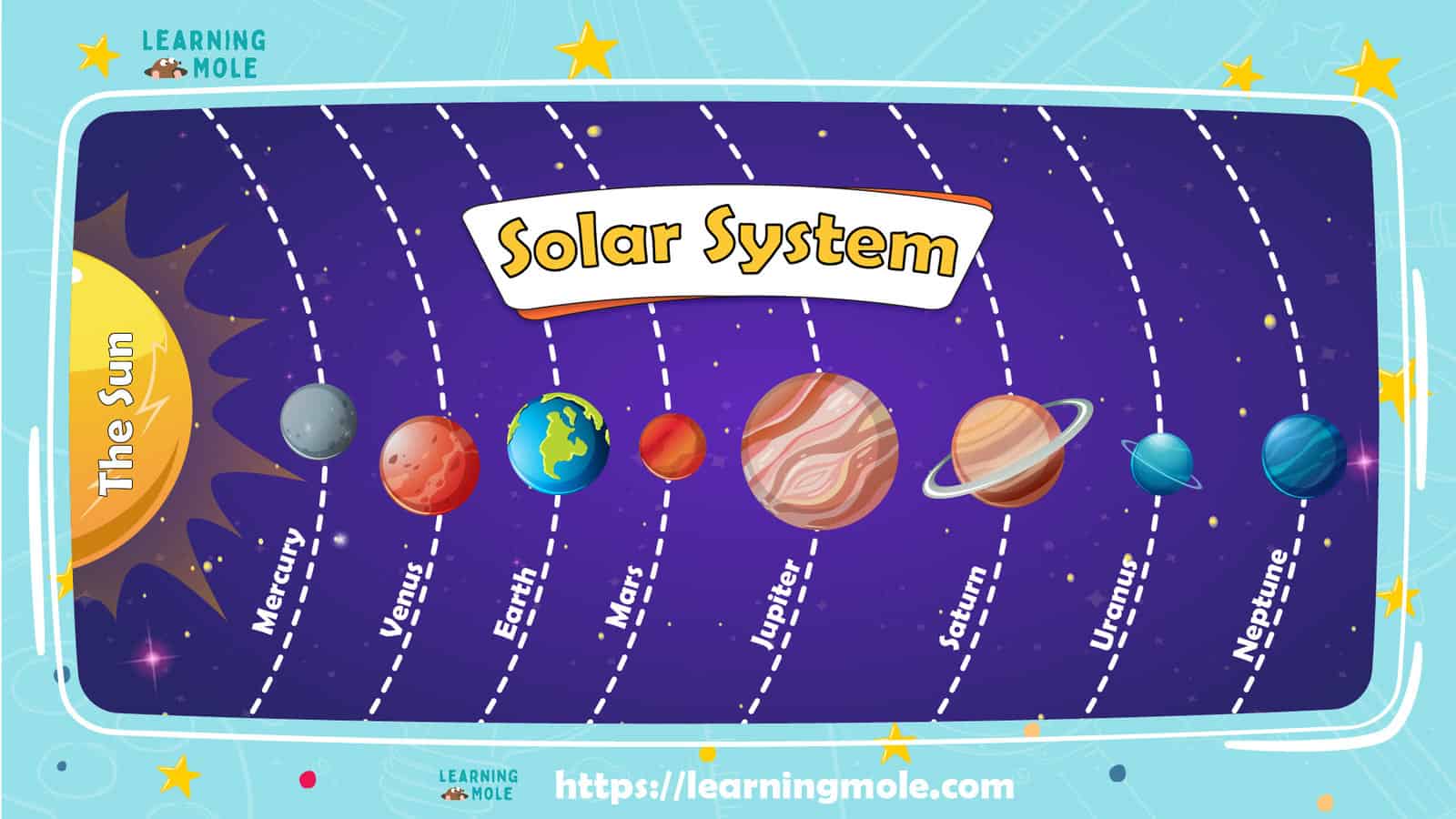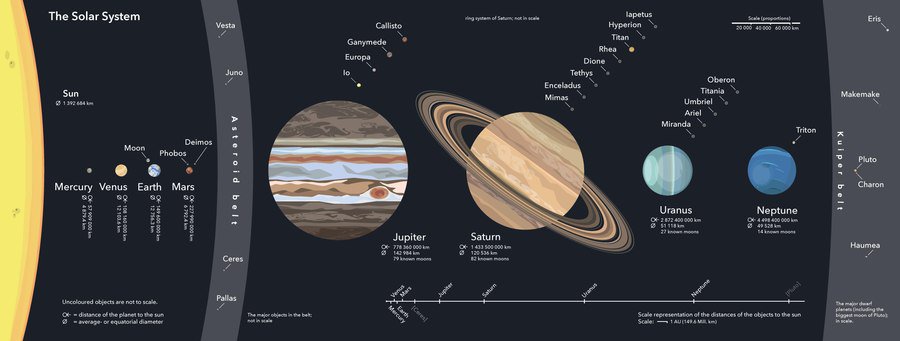
Five Amazing Space Facts – Solar System Facts for Kids
There are some interesting facts about space and the solar system which the kids are supposed to get educated with and while we are trying to bring such information for your kids, we believe that educational videos and the storytelling technique is always considered the best for the kids to get them excited.
It is important to teach the kids and let them know more about the world which they are part of and science is the most important since it gives them the chance to understand everything around them.
There are some space facts for kids brought in this video to help them in adding up to their knowledge. The first fact states that one million earths could fit inside the sun and one should keep in mind that the sun is considered an average-size star, which could explain how big things are up there without us even realizing such a thing.

Planets of solar system
- Mercury
- Mars
- Venus
- Earth
- Neptune
- Uranus
- Saturn
- Jupiter
Why do the planets have different colours?
Plants have the colors that have of what they are made of how their surfaces or atmospheres reflect and sunlight.
A dwarf planet is a celestial body orbiting the Sun that is massive enough to be rounded by its own gravity but which has not cleared its neighboring region of planetesimals and is not a satellite.
The definition of dwarf planets only applies to our Solar System.
There are currently 5 dwarf planets in our solar system:
- Pluto (largest object in the Kuiper belt).
- Ceres (largest object in the asteroid).
- Eris (largest object in the scattered disk).
- Haumea (Kuiper belt).
- Make make (Kuiper belt).
The planets fall into two main groups:
1- Terrestrial (Earth-like) planets: Mercury, Venus, Earth &Mars.
2- Jovian (Jupiter-like) planets or gas giants: Jupiter, Saturn, Uranus & Neptune.
Evidence that Stars are Still Forming Today:
1- The relative youth of our Sun (solar system) is one line of evidence that all stars did not form in the beginning and are continuing to form.
2- Modeling of stellar evolution: – our Sun may last for ~ 10 Gy. Stars of ten solar masses last only ~ 0.01Gy. Those that are several tens of solar masses may only survive for a few million years before exploding in a supernova. Even though these stars are short-lived, many of these massive stars exist and supernovae have been recorded throughout history.
3- New technologies such as the Hubble Space Telescope have enabled us to observe stars and planetary systems forming from nebulae.
Looking at our solar
system, we see that
the vast majority of
the mass is
concentrated in the
center to form our
Sun.

The solar nebula theory for the formation of our planetary, The system is generally accepted.
There are several observations about the solar system that are evidence in favor of this theory.
- All the planets revolve around the Sun in the same plane (Planetary plane).
- The Sun’s rotational equator lies roughly in the planetary plane.
- All the planets revolve around the Sun in the same direction.
- Planet orbits are nearly circular.
- Most of the planets rotate in the same direction relative to the planetary plane.
- The planets change in character from inner rocky planets to outer Jovian,
planets in a manner consistent with the theory.
Because of gravity, all planets are round.
Why not subscribe to our LearningMole Library for as little as £1.99 per month to access over 1000 fun educational videos.


Leave a Reply